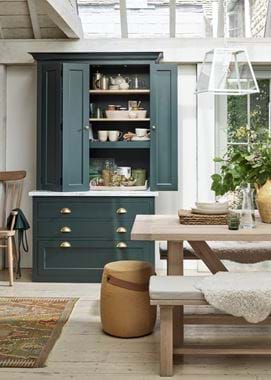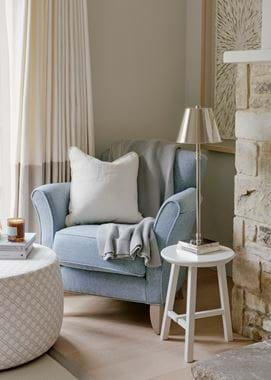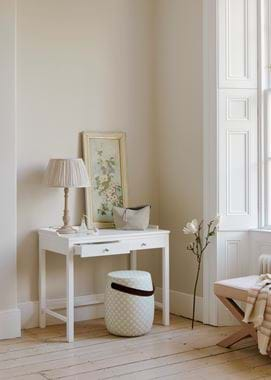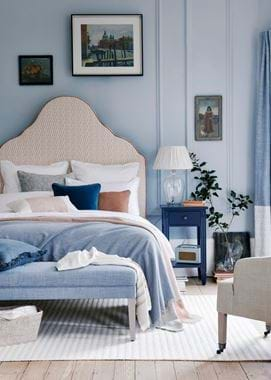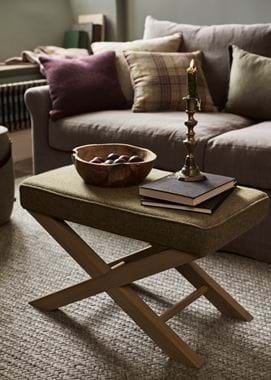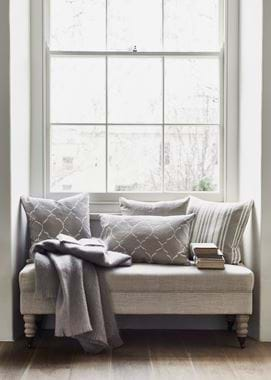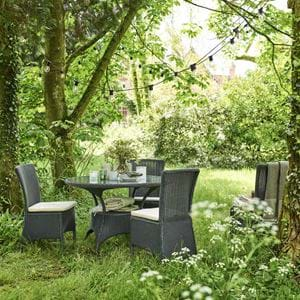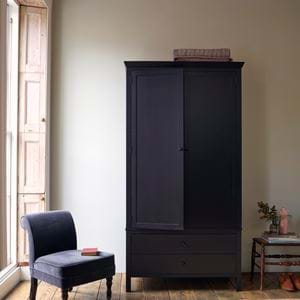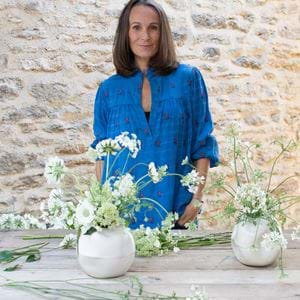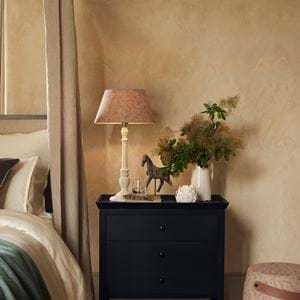A simple guide to stools, footstools and ottomans
A simple guide to stools, footstools and ottomans
The words stool, footstool and ottoman are often used loosely to describe the same sort of furniture, but there are subtle differences between them. Although they have quite a few things in common – not least, their multipurpose nature – understanding the strengths of each will help you to decide where you might use them around your home.
Stools
This is the only type of stool that’s often hard rather than soft – in other words, made simply of wood or metal with no padding or upholstery. That’s because stools are, generally, for temporarily perching on or climbing up on to reach things rather than putting your feet on.
Where they cross over with footstools and ottomans is how they can be used as occasional tables beside a sofa or armchair.
Stools vary hugely in scale – from the tall bar stools you might use at a breakfast bar to tiny milking or drum stools. But let’s just concentrate on the littler designs – like Northwich and Beswick – here. Try using one as a stand for displaying plants or flowers, beside the bed in place of a table if space is tight, or in the bathroom to hold towels and toiletries. Our Stratton step stool looks great with potted plants on both of its levels, for example. They’re also really useful just to fill small, empty corners, making them feel a bit more lived in. If the corner’s dark, place a table lamp on top to make it feel brighter.
As the smallest member of our footstool family, the Milo design sits somewhere between these hard-surfaced stools and a padded piece, making it very adaptable as table, footstool or chair. It even has a leather handle so you can carry it wherever it’s needed.
Footstools
Perhaps you could describe these as the middle child of the stool family – they’re not as big as ottomans, but like them, they’re usually upholstered and designed with comfort in mind.
Footstools, as the name suggested, are the companion pieces of armchairs and sofas, for putting your feet up on as you relax. But they’re also ideal as seats in hallways, at the end of the bed, or in a library or study.
We think every home should have at least one footstool, but having a few around in different shapes and sizes is even better. Think about height and proportions depending on where you intend to use them most – so, a taller design like our Alex footstool works brilliantly as a living-room side table, while a longer, narrower design is better at the end of a bed (our Rupert footstool is just the right width for a double bed and sits a little lower than the mattress, so you won’t bump your feet on it at night).
Ottomans
What exactly constitutes an ottoman is somewhat debated, but generally they’re larger, lower pieces that also sometimes have storage space inside. They get their name from Ottoman Turkey, where they were traditionally piled with cushions and used as seating. They arrived in Europe during the 18th century, and have since evolved in many shapes, some with legs and some without.
Aside from seating, today, ottomans are a great alternative to a coffee table if you want something that feels softer than wood, marble or glass (as they’re padded, they’re also nicer to put your feet up on). Our Arthur design is ideal for this purpose – the top is buttoned, but it’s quite firm and even, so you can comfortably put drinks trays, coffee-table books or board games on top.
You’ll probably be less likely to move an ottoman around than one of its smaller siblings (although Arthur does have castors if you need to). So, in an open-plan room, a design like this can work as an informal room divider that doubles as casual seating or a place to display neat piles of books and magazines.
Those ottomans, like Eloise, that have storage space inside, come in handy for keeping things like remote controls and newspapers out of sight in a living room. They’re also a practical addition to a bedroom or guest room, where they can serve to keep nightclothes, bedding and throws all in one place.
Discover our collection of stools, footstools, and ottomans.

